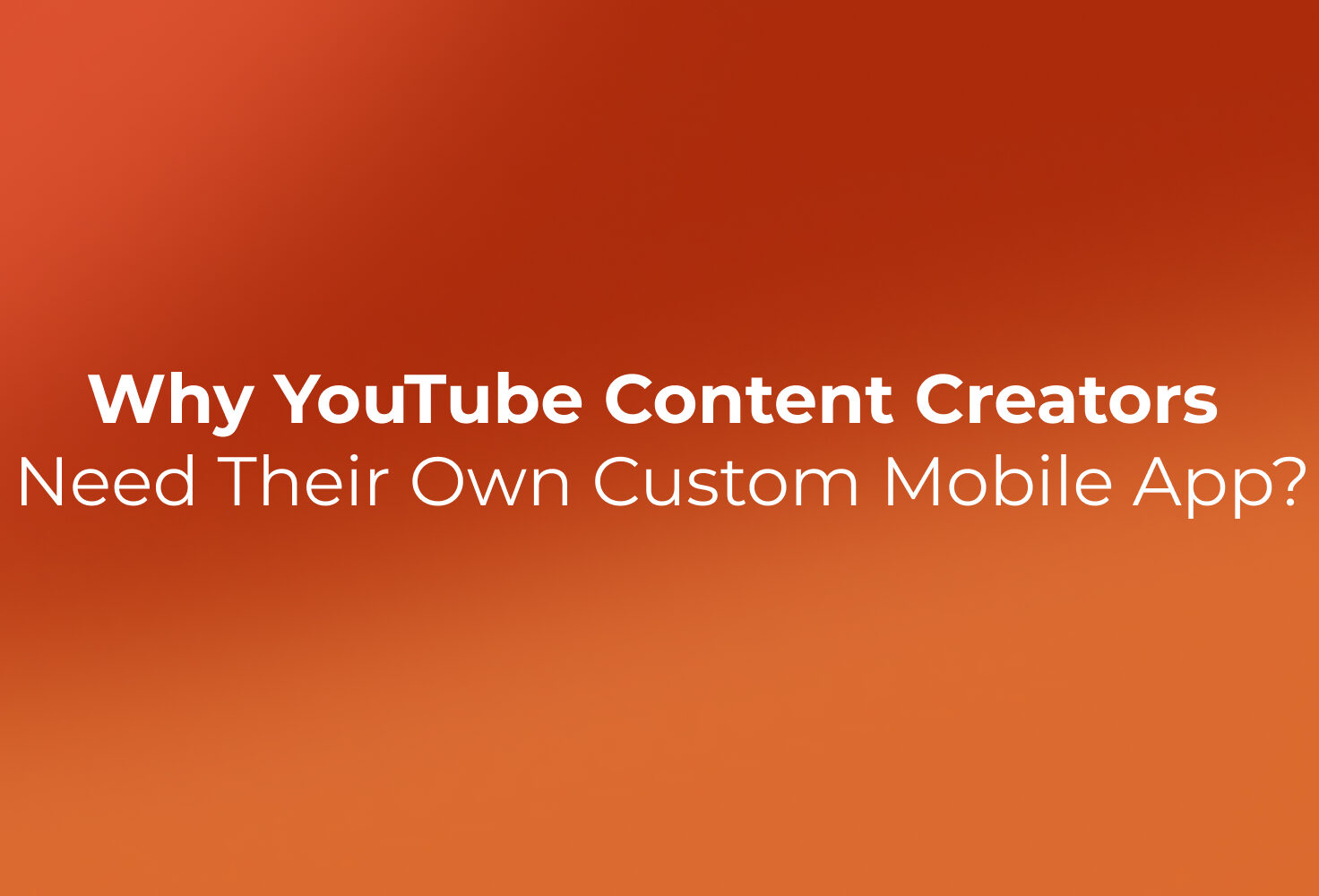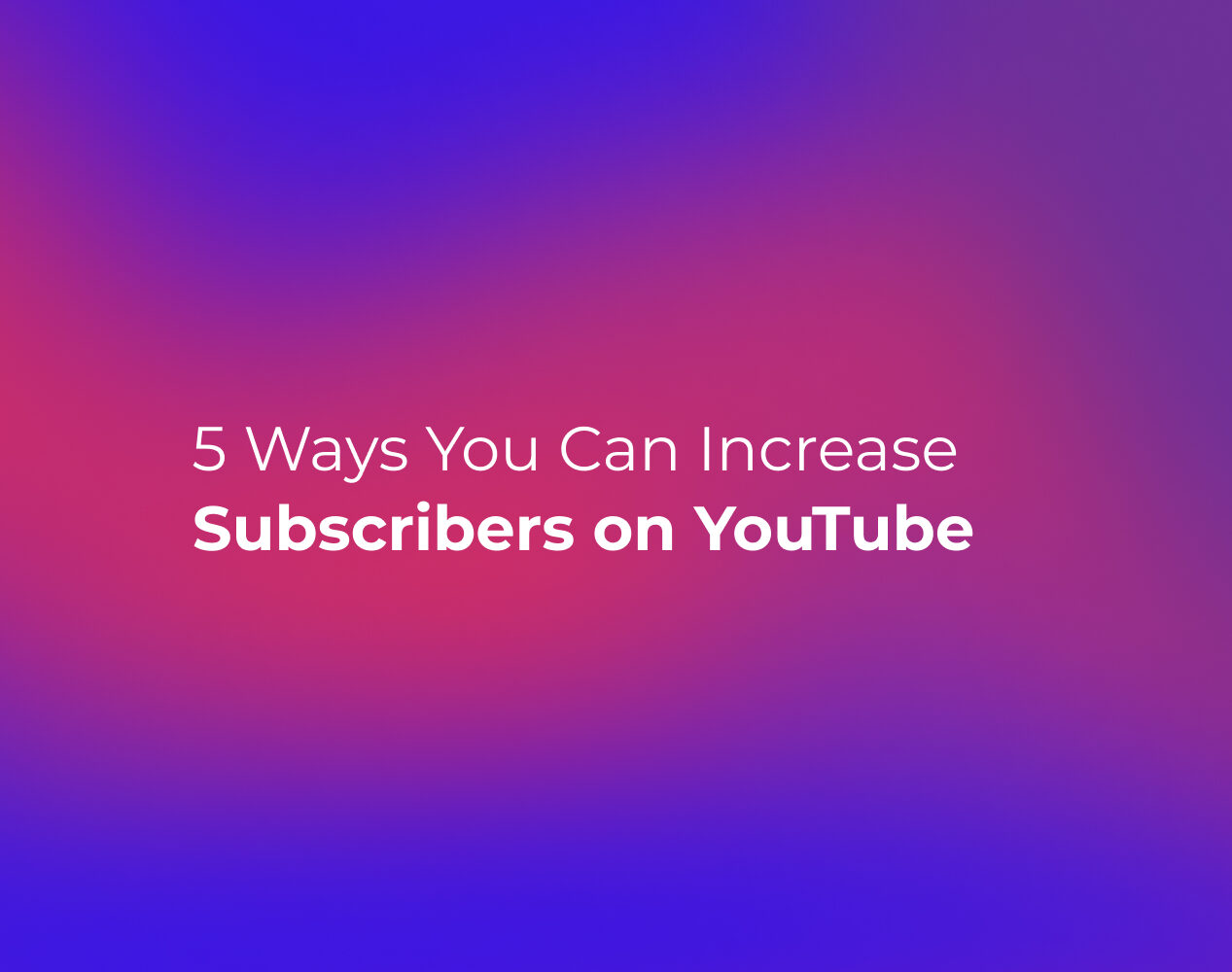You’ve built an audience. They follow, like, and comment, but your bank account doesn’t reflect your reach. You’re not alone.
Most creators hit a point where they realize: attention doesn’t equal income. But when done right, your audience isn’t just a vanity metric—it’s your biggest asset.
In this guide, we’ll walk you through the journey from building trust to building revenue. Whether you’re just starting or ready to scale, this is your step-by-step roadmap to monetizing your audience, without selling out.
Understanding the Power of an Audience
Your audience isn’t just a number—it’s your future customer base. Whether you’re a content creator, coach, artist, or brand, your audience is your launchpad.
They already trust you. And trust is the currency that drives sales, partnerships, and long-term success.
The Journey From Likes to Income
Turning engagement into earnings means more than throwing up a product link. It requires strategy, structure, and a deep understanding of who you’re serving.
Let’s break it down from the ground up.
Building a Strong Foundation
Identifying Your Niche
If you try to speak to everyone, you’ll reach no one. Your niche is where your passion meets your audience’s needs.
Whether it’s productivity tips for freelancers or skincare for busy moms, your niche helps you stand out and makes monetization easier.
Ask:
- What do I love talking about?
- What questions do people ask me?
- What content performs best?
Understanding Your Audience
Demographics and Psychographics
Know the basics: age, gender, location. But also go deeper: what do they value? What do they struggle with? What motivates them to buy?
This isn’t just “who” they are—it’s why they follow you.
Collecting Audience Insights
Use tools like:
- Google Analytics
- Instagram/YouTube Insights
- Typeform or Polls
- DMs and comment sections
For a deeper strategy on audience research and branding, check out this guide from the University of Pennsylvania.
Growing Your Audience
Crafting Engaging Content
Content is how you build trust, and trust is what sells.
Focus on creating valuable content that educates, entertains, or solves a real problem. Show up consistently, and always include a call to action (CTA), even if it’s just asking them to comment or save.
Utilizing Social Media Platforms
Start where your audience already is.
- Instagram for visuals and Reels
- TikTok for reach and short-form education
- YouTube for in-depth content and SEO (see this beginner’s guide)
- LinkedIn for authority and B2B offers
Each platform offers unique ways to engage and monetize your target audience.
Collaborations and Partnerships
Partner with other creators or brands to expand your reach.
Examples:
- IG Lives or YouTube collabs
- Guest posts or interviews
- Affiliate swaps
- Giveaways or community events
These open the door to visibility—and often lead to brand partnerships.
Exploring Monetization Options
There’s no one-size-fits-all strategy. The best monetization plan is the one that fits your content, your audience, and your goals.
Affiliate Marketing
Earn a commission by promoting products you believe in. Start small using platforms like Amazon Associates or more niche-friendly options like ShareASale.
This guide offers a deep dive into affiliate strategies for passive income.
Sponsored Content
Work with brands to create content that aligns with your message. Prioritize authenticity, and always disclose when something is sponsored.
More on how YouTube monetization works can help you understand what brands look for.
Advertising Revenue
On platforms like YouTube, Facebook, or a monetized blog, you can earn money through views and clicks.
To see what it takes to get started, read this YouTube monetization PDF and YouTube’s official policy.
Product or Service Sales
This is where many creators build serious revenue streams.
Digital Products
Sell your expertise through courses, templates, ebooks, or downloads. They’re low overhead and fully scalable.
Want to learn how to design your first course or content strategy? MIT’s YouTube channel business plan is surprisingly relevant.
Physical Products
Think merch, tools, journals, or curated kits. Services like Printful or ShipStation help automate fulfillment without inventory headaches.
Services and Consultations
Turn your knowledge into 1:1 coaching, audits, or consulting packages. These are high-ticket and high-trust, and a great way to build credibility fast.
Creating a Monetization Strategy
Setting Financial Goals
How much do you want to earn—and by when?
Set monthly, quarterly, and annual benchmarks. Break those into traffic or conversion targets to guide your content strategy.
Choosing the Right Monetization Mix
Not every creator should sell a course or pitch sponsors. Choose a few methods that fit your audience and test them.
- Passive: digital products, affiliate links
- Active: coaching, collabs, events
- Scalable: memberships, courses, licensing
Pricing Strategies
Price based on value, not just effort. Research competitors, but don’t undervalue your time or experience.
If you’re stuck, platforms like Teachable and Gumroad can help with tiered pricing and delivery.
Implementing and Optimizing
Tracking and Analyzing Performance
Use:
- Google Analytics
- Teachable / Patreon dashboards
- Email click-through rates
- Affiliate performance reports
Need help organizing your stack? This podcast business plan walks through the numbers behind sustainable content monetization.
Adjusting Content Strategy
If something’s not converting, test variables:
- Your CTA
- The offer
- The platform
- The timing
- The visual
Be willing to pivot, but keep your values steady.
Scaling Your Efforts
Once a strategy works, pour gas on it.
- Automate your email sequences
- Hire a VA
- Bundle your digital products
- Repurpose top-performing posts into paid offers
Smart systems = scalable income.
Challenges and Pitfalls
Common Mistakes to Avoid
- Monetizing too late—or too soon
- Pushing products your audience doesn’t want
- Neglecting email lists
- Relying only on one platform
Diversify. Validate. Evolve.
Navigating Platform Changes
Algorithms shift. Monetization policies evolve. That’s why owning your data—through email lists and your own site—is crucial.
Tools like Metricool can help manage multiple platforms and reduce dependency on any one of them.
Conclusion
The Future of Monetizing Audiences
Monetization isn’t just for influencers anymore. It’s for educators, coaches, podcasters, writers, developers—anyone with an audience and a message.
With the right tools, strategy, and mindset, you can turn attention into income sustainably.
Ready to take the next step?
→ FanHero creator monetization guide
→ FanHero platform feature comparison
→ FanHero support or contact page


